Yesterday I found out that a gig that was booked for this morning wasn’t going to happen. Trying to find something constructive to spend my free time on, I remembered that the armed forces usually fire off a canon salute during liberation day. I checked the newspaper and the web and found this to be true also this year. I’ve never watched the canon salute at the fortress before, so I left the studio to go location scouting.
At Akershus fortress I first went by the visitor center to check when the salute was happening, where it was happening and if I would need and could get permission to record. Some of the questions a field recordist may ask can sound like questions from a weirdo to other people. Especially my “how close can I get to the guns when they are firing” question raised a few eyebrows. Unfortunately I couldn’t get a good answer about permission to record and it was too late to get a hold of whoever was in charge of making those decisions. I just had to go there the morning after and hope for the best. I was unsure if I should bring a full recording kit or the stealth rig, but decided to go for a full kit. I walked over to the cannon area, had a quick look around to find a good position and left for home.
Apart from the possibility of being tackled by the military police, I had a few other worries. When I got home and started doing more research online it became clear that the scheduled time for the salute was either 9 am or at noon. I found contradicting information on official websites, so I just had to get there early to be sure not to miss it. I also found out that the cannon area I had scouted was the wrong one.. The correct place had a bigger surrounding area allowing for more flexibility for microphone placement, but it was also big enough to let a large crowd gather. Cheers and applause from an audience is not on my wishing list, but what can you do when it is a public event. I decided to look at this as valuable practice for when I get to do a controlled cannon recording sometime in the future. I’ve never recorded cannons before, so even if the sounds were ruined by the crowd at least I’d get some experience for next time.
Because some of my gear is currently out on a shoot, I just packed what I had on hand. The rig I brought consisted of my Sound Devices 302 mixer + 744T recorder, a Rode NT4 stereo mic and a Shure SM58 dynamic mic. I also brought my Zoom H2 as a backup.
I arrived at Akershus fortress about 25 minutes before 9. All gates but the main one are closed that early, so I had to take a detour to get to the cannon area. When I got there I ran into a couple of MPs who were guarding the site. They didn’t see any harm in letting me record the sound of the cannons, so they let me pick a position pretty close to the action. The clock was getting close to 9, so I set up quickly to make sure I was ready.
I placed the Shure SM58 about 5 meters from the closest cannon, 90 degrees to the right of the barrel. The Rode NT4 was placed about 10 meters from the closest cannon, a bit further behind the barrel. I found a place behind me for the Zoom H2. About 15 meters from the closest cannon, facing away to capture the slapback from the city buildings.




No crowd in sight, just a few photographers and reporters on the far side of the cannons. Everything looking good. I see the artillery soldiers approaching and I hit record. Immediately 744 display flashes “slow” next to the CF indicator. My CF card decided to crap out on me. I had no time to change cards and I was recording to both CF and HDD, so I crossed my fingers and let the recorder run.
Ready! Fire! I feel the shock wave and see the limiters on my equipment engage before everything is covered in smoke. After 21 shots, it’s over.
I pack up my gear and rush back to the studio to listen properly. My CF card is messed up and has only recorded a few seconds of audio. Very strange since this is a card I’ve used many times. Hopefully it’s a problem that a quick reformatting will fix. i will be testing that later. The files on the HDD are fine, so no worries. The recording sounds pretty good. The SM58 did not deliver what I had expected from a mic that close to the cannons. The Zoom H2 really delivered and sounded a lot better than I had expected. I can definitely get something good sounding out of this raw material. I’ve uploaded some samples and a few quick mixes to give you an idea of what can be done with a pretty basic setup like this. The playlist includes the raw recordings of all microphones with no processing. I’ve only normalized the tracks. I’ve also included some quick mixes with different variations of limiter use on the tracks. Enjoy!

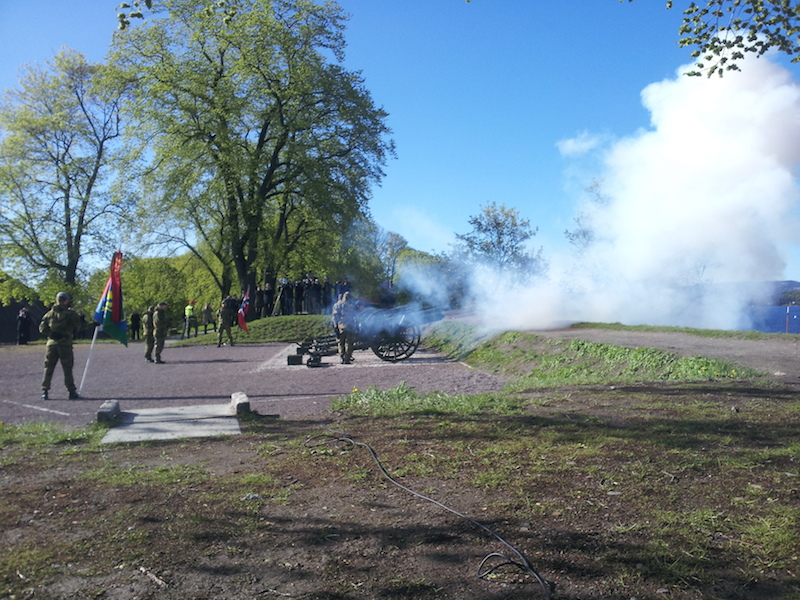
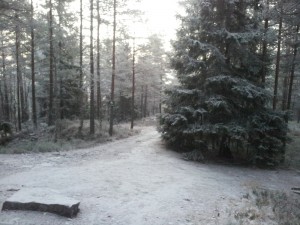
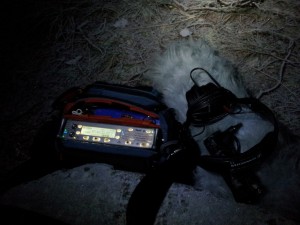
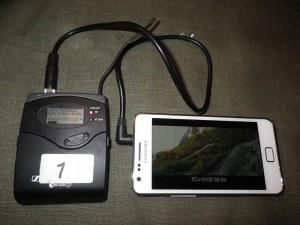

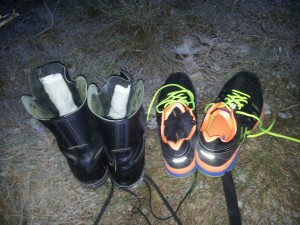
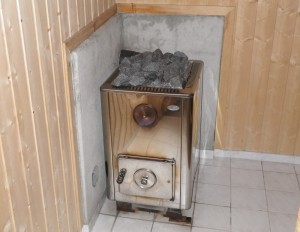
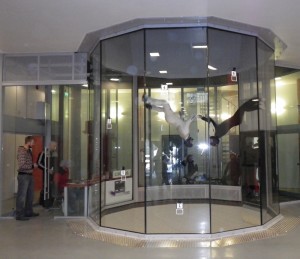
 Home
Home